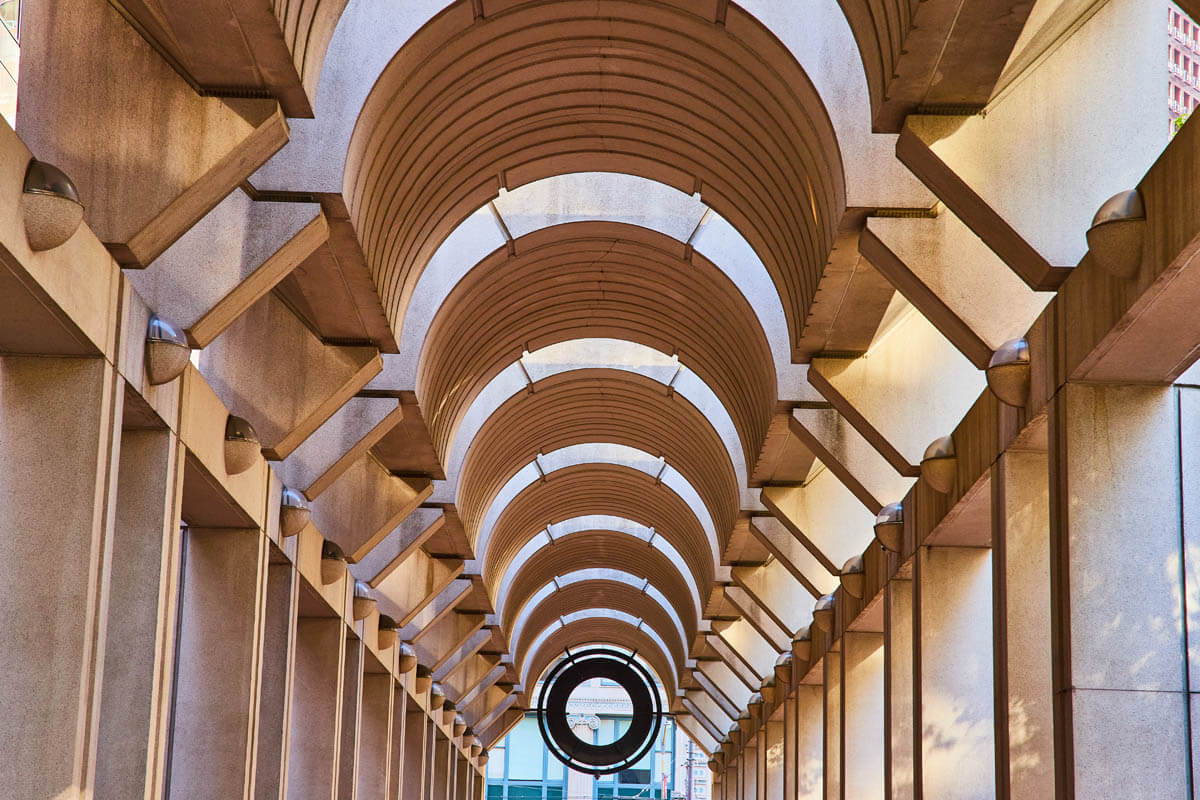Adobe Photoshop: Generative Fill (A Photographer’s Opinion)
Will AI Replace Traditional Photography?
If you haven’t seen a video on Tiktok or Instagram showcasing the amazing capabilities of Adobe Photoshops Generative Fill Beta feature yet, then color me surprised! It seems like every photographer has experimented with, and been blown away by, this latest feature by Adobe.
A skeptic at first, I finally decided to test this out when I had a particular image I really really wanted to remove some tricky subjects from. In a matter of minutes, it completed a task that would have taken me over an hour to do, and it was perfectly done!
It is perfectly reasonable to be nervous about this kind of technology. Image generation is going a long way, faster and faster, day by day. Other tools, like Midjourney, let you generate your entire image from scratch in any style you choose (including hyper realistic).
We’ve talked before about AI tools that have come around, thanks to Chat GPT, so dig into that here. However, today I want to focus on this particular image generation tool by Adobe.
What can it do, and more importantly - what are its limitations. From an actual implementation standpoint, I’d say this feature is 100% ready and capable of removing minor objects and people from your images in many cases, saving you loads of time. It is fantastic for expanding images as well, in small pieces at least.
However, one of the BIGGEST limitations to be aware of is the render QUALITY of the generated content. As it turns out, you can’t just “expand” as much as you want and maintain full quality images. It has been estimated that to get best results, you want to only generate 1000px x 1000px areas at a time. With this smaller size, you can have sharp generation (though I do like to use the sharpen tool a little on those pieces). Otherwise, you can see results like this on your images (the left half is generated off of the right half):

That being said, it is a fantastic tool to experiment with. I do think it has a long way to go. However, Adobe (along with many other image providers like Shutterstock) are rapidly embracing this technology. From allowing individuals to sell AI Generated Art (so long as it is tagged such), to paying stock photographers a small fee to have their images used to train their own AI models (Adobe included).
Should photographers be worried?
Short answer? It depends on what kind of images you take.
As a stock photographer who focuses on landscapes and architecture of distinct real-world places (think San Francisco, New York City, Grand Canyon, Niagara Falls, etc…), AI will have a tough time NOT needing to reference existing images. Additionally, if someone is needing a photograph of those real places, they are not likely going to want a potentially inaccurate AI Generated image versus a real photograph taken of that location. So, if that is your area - I predict you are safe. AI is NOT out there TAKING photos of real spaces (yet), just referencing existing images.
However, if your area of interest is in more abstract or generic images, you should have concerns. When someone wants an abstract non-location based image, AI can fill that gap with ease. It will be cheaper to produce a 100% custom AI image for your project than to hire a photographer or find one on a stock site (potentially). Think about generic images like “woman in a coffee shop”, “House for Sale”, “Spring Forward Clock in Spring”, etc… These images can be generated in hyper realistic quality and not be affected by lack of “accuracy” like an image of New York City would be. (Although, AI still seems to struggle with hands.)
That being said, there is a market to start generating your OWN AI images and selling them.
What I have left for you now are simply some sample before/after images using Adobe’s Generative Fill. There are a variety of techniques to give you an idea of what it is capable of. Some produce better results than others, judge for yourself!

Bahamas Before

Bahamas After - Expanded all 4 sides

Bernheim Forest Snake Before

Bernheim Forest Snake After - Expanded right with prompt of adding waterfall blurred

Bushkill Falls Before

Bushkill Falls After - Expanded all 4 sides

Cd Project Before

Cd Project After - Expanded all 4 sides

Indianapolis Aerial Courthouse Before

Indianapolis Aerial Courthouse After - Expanded top and right

San Fran Succulant Before

San Fran Succulant After - Expanded all 4 sides

Merge NYC From Ferry Before 1/2

Merge Path To Golden Gate Before 2/2

Merge Path To NYC - Merged 2 images into one fictional scene

NYC Brooklyn Bridge Before

NYC Brooklyn Bridge After - Removed all people and some objects

San Fran Conservatory Of Flowers Before

San Fran Conservatory Of Flowers After - Cropped first image in and re-expanded to compare the two

San Fran Embarcada Before

San Fran Embarcada After - Expanded all 4 sides several times
Recent Blogs
Four Seasons from Above in Downtown Fort Wayne, Indiana
Unlocking the Power of QR Codes

About the Author
Founder and visual artist, specializing in all aspects of a businesses presence from imagery and video to graphics and web. A graduate of IPFW with a Bachelor in Fine Arts, Concentration Photography as well as an Associates Degree in Business. His personal photography works are focused on landscape, travel, and aerial photography.







